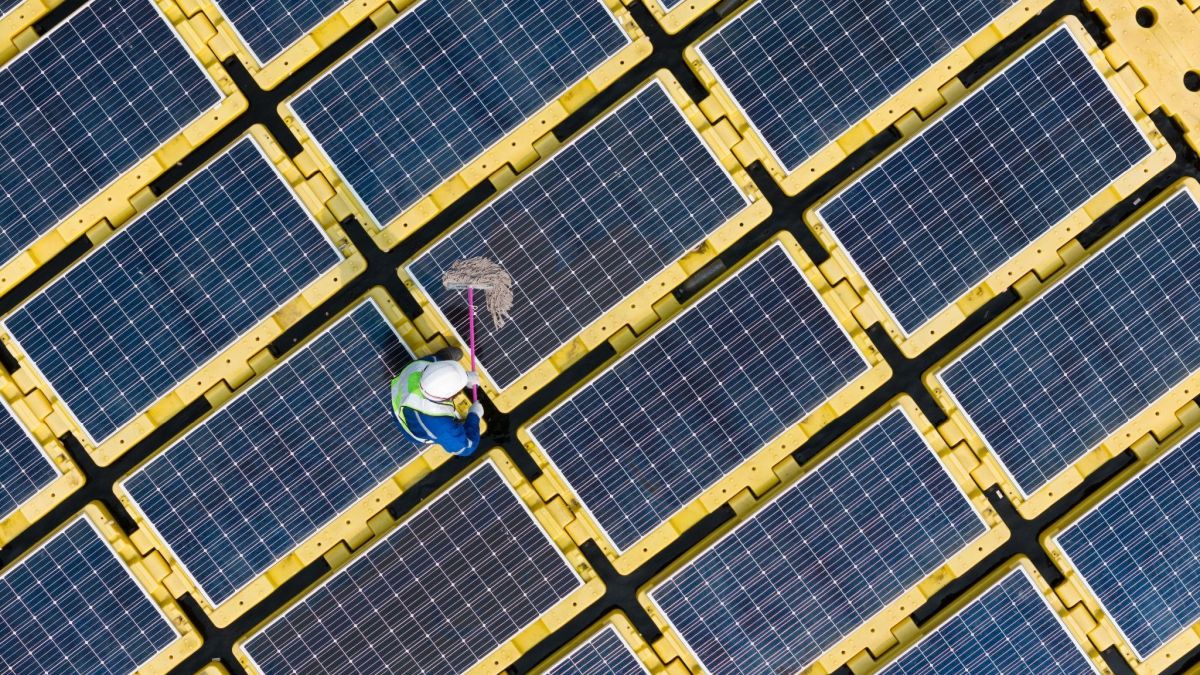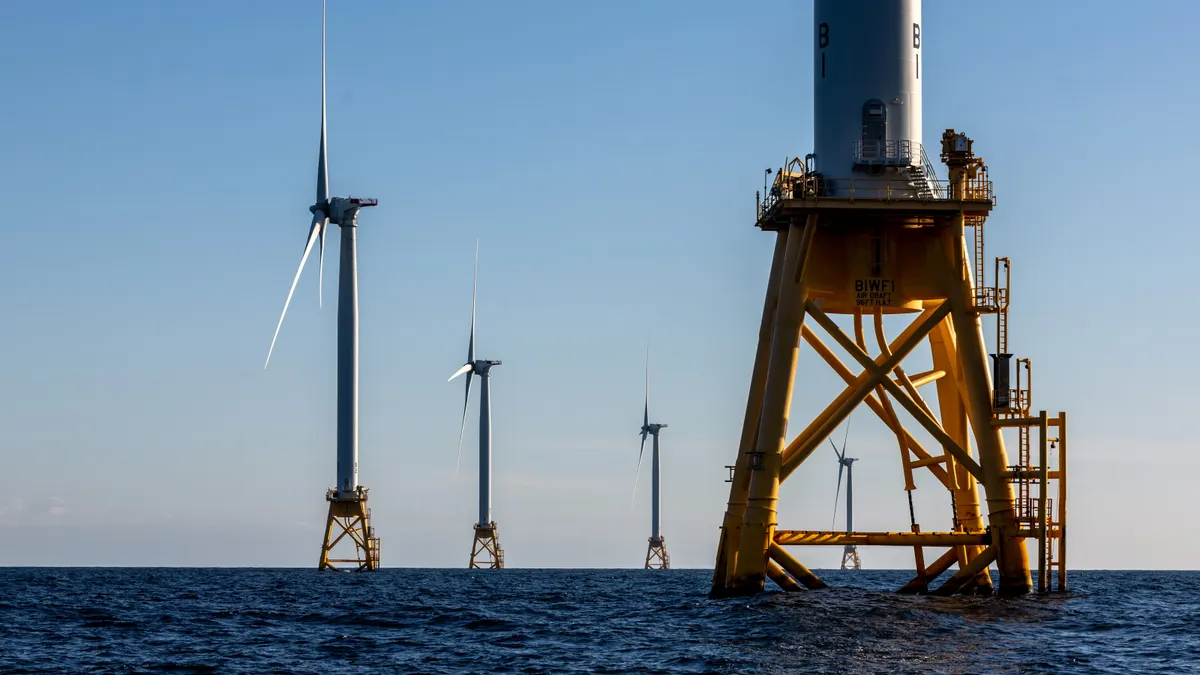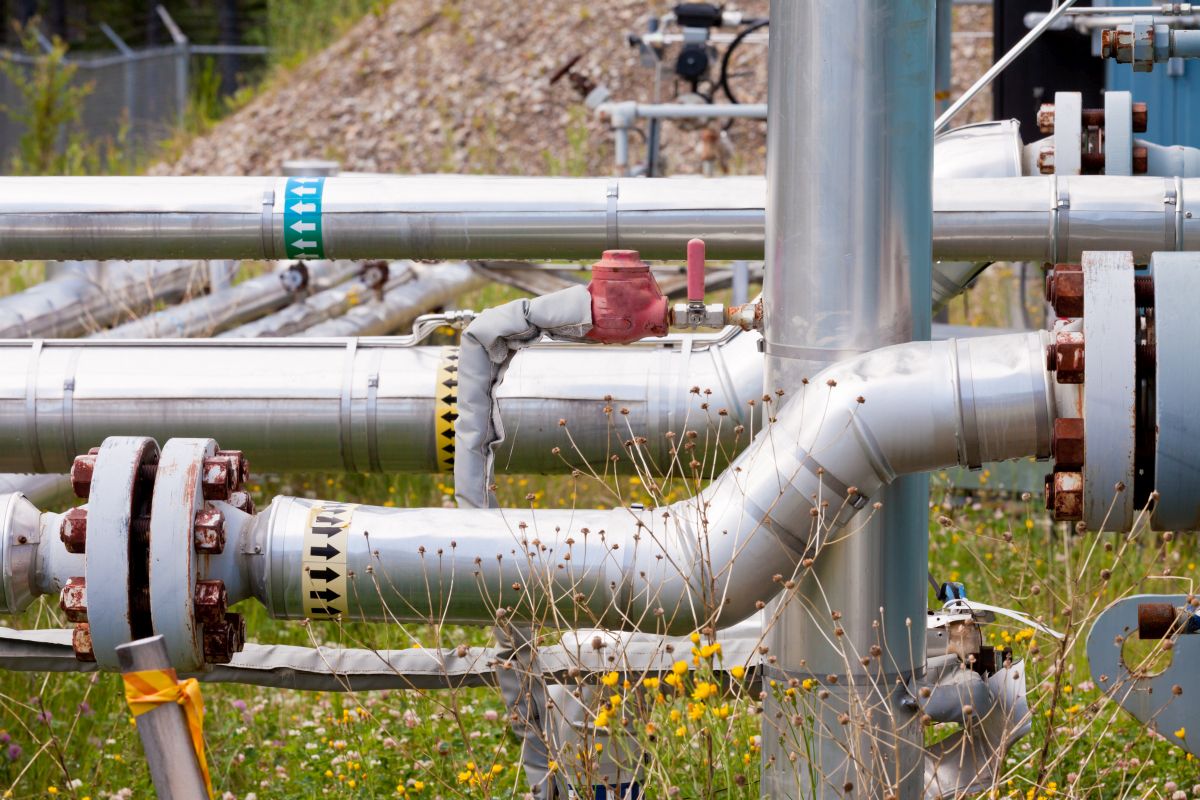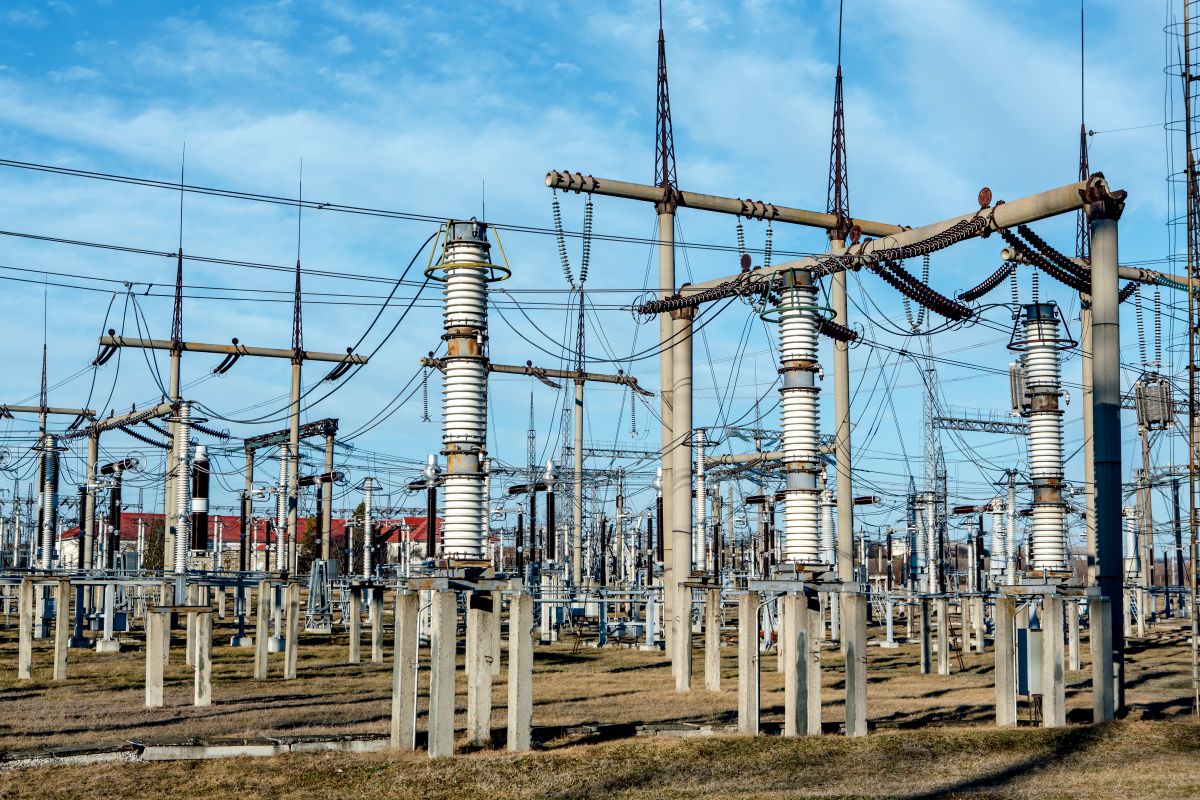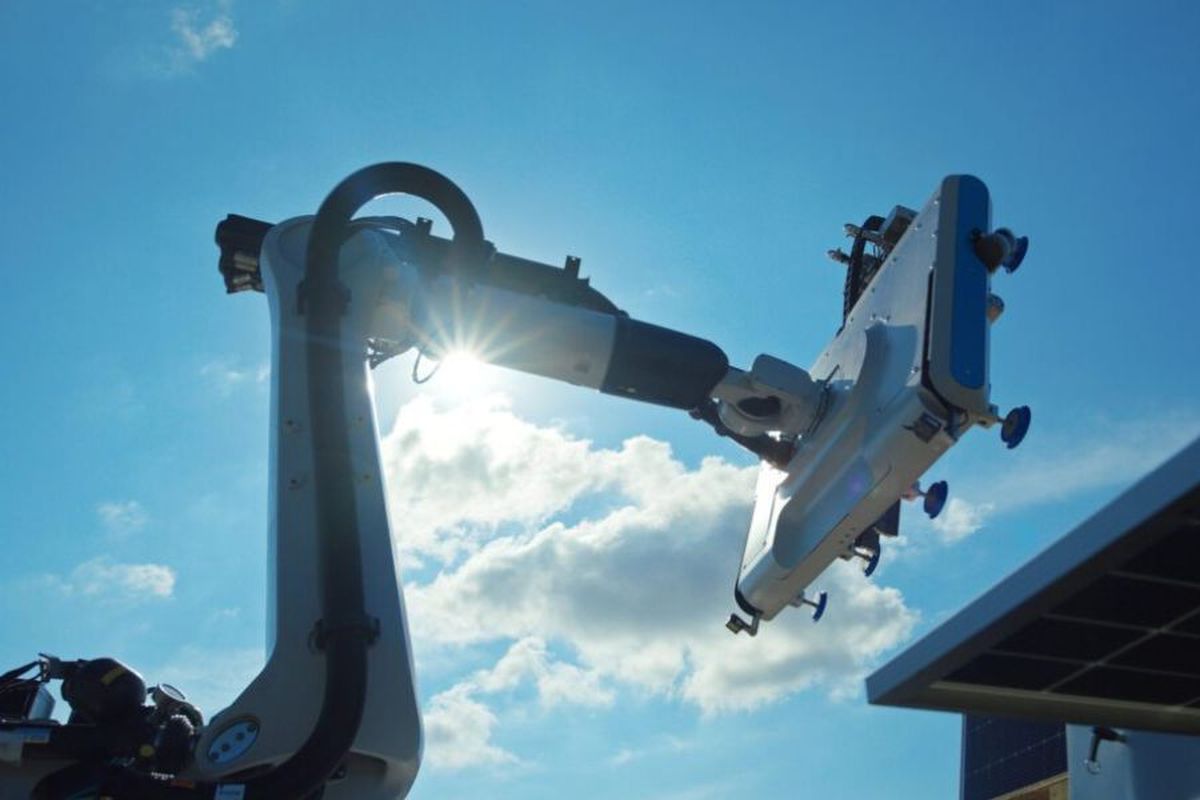WWW.RENEWABLEENERGYWORLD.COM
Birds and solar-powered generation have a bit of a troubled history – mentioning the two together can dredge up memories of avian accidents involving concentrated solar power. But, new AI-enabled research has shown promising results when it comes to photovoltaic (PV) systems.
A team at Argonne National Laboratory set out to develop a camera system that could continuously monitor how birds behave around solar panels, using AI. Their results provided greater understanding of bird behaviors at large-scale solar sites, according to the U.S. Department of Energy (DOE). Now, they’re testing this system across the country to build a bigger picture of bird interactions with solar systems to support ecologically responsible solar deployment.
Building enough solar energy to decarbonize the U.S. economy by 2035 could require as much as 5.7 million acres of land. While this is only about 0.3% of the contiguous United States, DOE maintains that it is critical to understand how solar infrastructure impacts local wildlife.
Early studies of solar photovoltaic (PV) facilities in the Southwest found deceased birds, leading to the hypothesis that birds are colliding with panels. However, recent studies at PV sites around the country have found that fatalities may not be as common as initially suspected, and that birds are using the sites as habitat.
With $1.3 million of funding from the U.S. Department of Energy Solar Energy Technologies Office (SETO), Argonne National Laboratory researchers developed and tested a camera system that tracks birds as they interact with solar panels and automatically classifies their behavior using a machine learning algorithm.
Their software program uses artificial intelligence to detect a bird when it enters the camera’s field of vision and differentiate it from other moving objects, such as insects and other wildlife, plants or cables blowing in the wind, and shadows. Then, it classifies the bird’s behavior into one of six categories: flying over the panel, flying through the panels, perching on the panel, colliding with the panel, perching in the background, or landing on the ground.
The team recorded more than 17,000 hours of videos of birds interacting with solar facilities and found their system to be as high as 95% accurate in identifying bird behaviors. The system also works in real time and can quickly alert researchers and system operators of any bird behaviors of interest.
In all 17,000 hours of video, the cameras did not detect a single collision of a bird with a solar panel, the researchers said. However, further research is needed to evaluate the extent of avian collisions at PV sites across the United States since the cameras were deployed at a limited number of sites for this study, DOE noted.
While the birds in this study did not collide with the panels, they did interact with them in other ways: researchers recorded instances of the birds perching on and flying around the panels. The birds also interacted with the panels in ways beyond what the algorithm were designed to classify. While reviewing the footage, the researchers observed the birds using the underside of the panels for activities like foraging, nesting, and roosting.
Now, the Argonne researchers are expanding on this work with $2.1 million of additional SETO funding to deploy their camera system at seven solar facilities across the country. The team is also expanding its machine learning algorithm and camera system to automatically detect more bird behaviors.
The Argonne project is part of SETO’s larger efforts to understand how solar energy interacts with wildlife and the environment.



